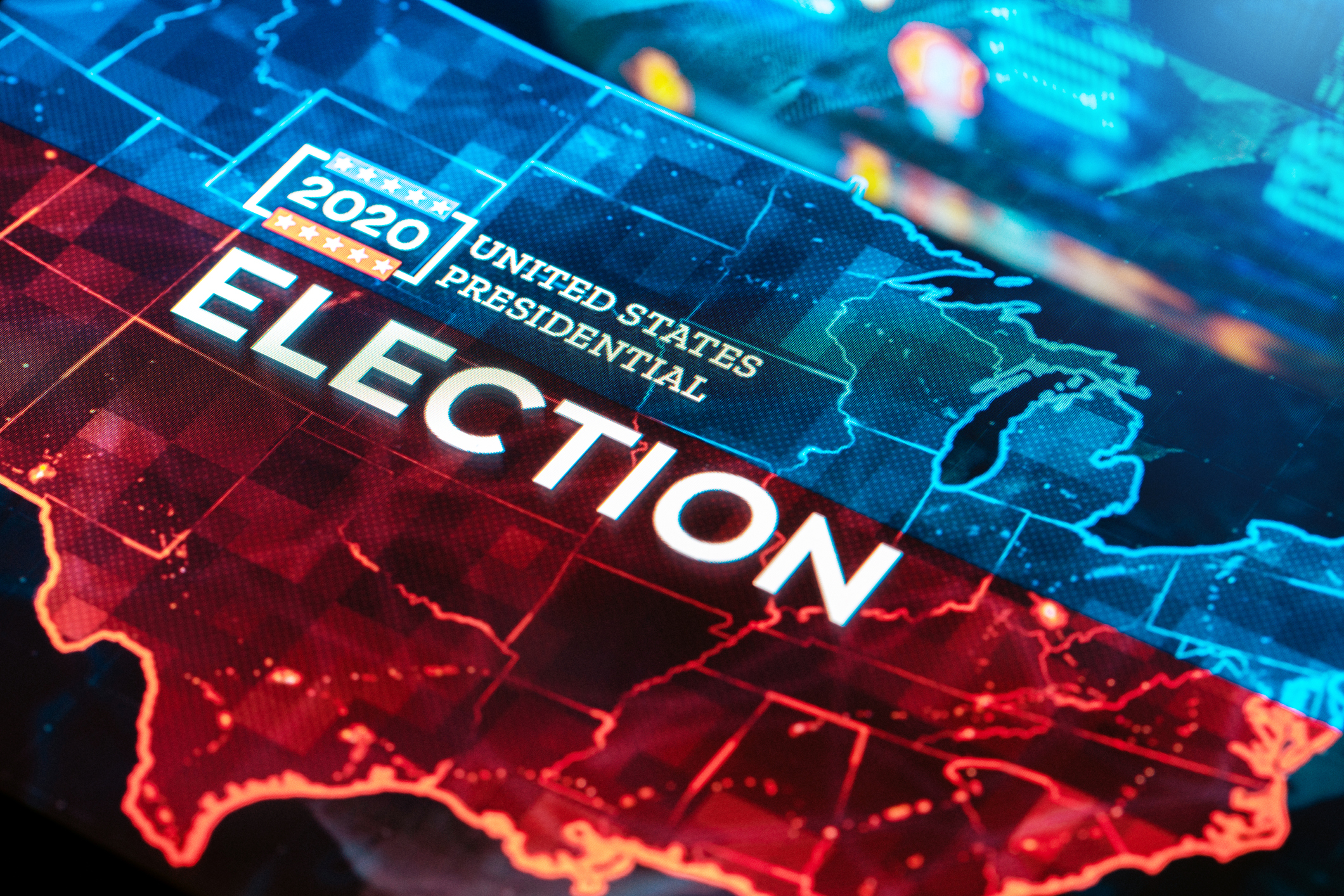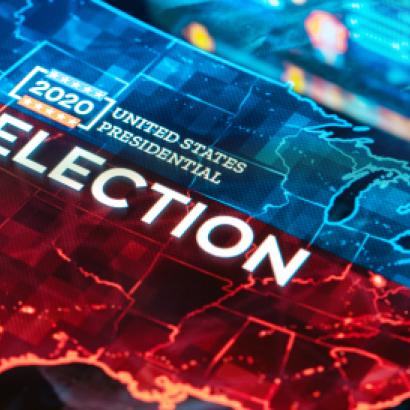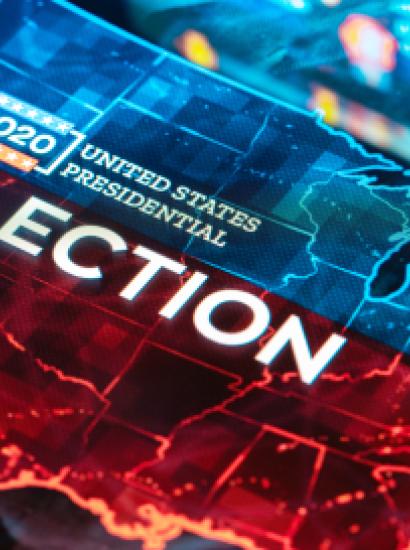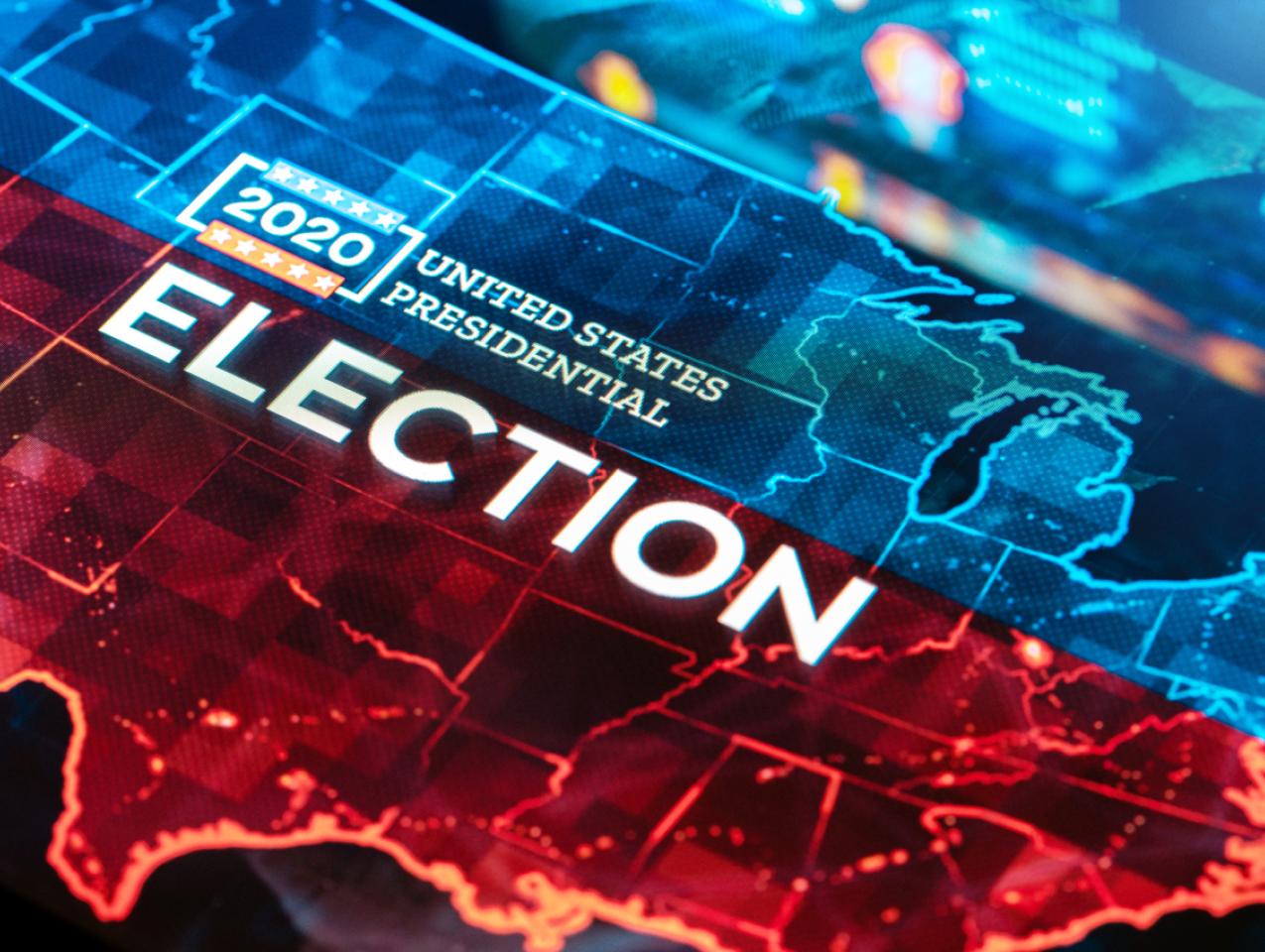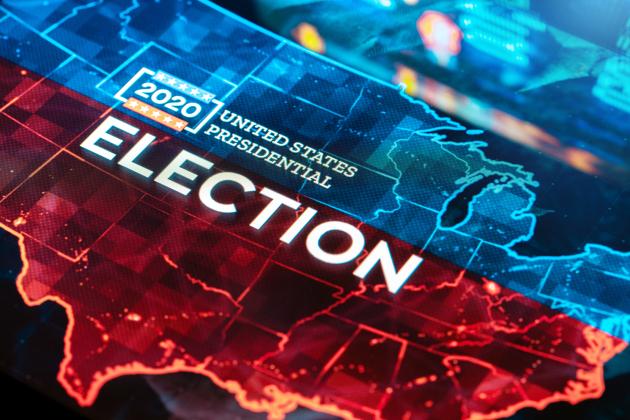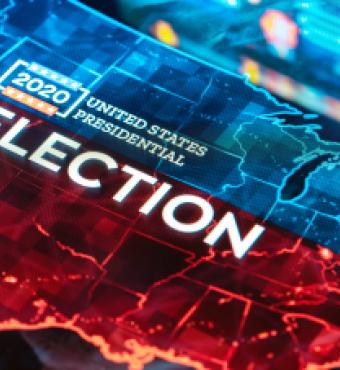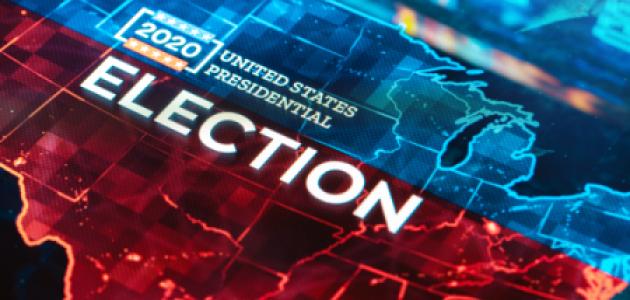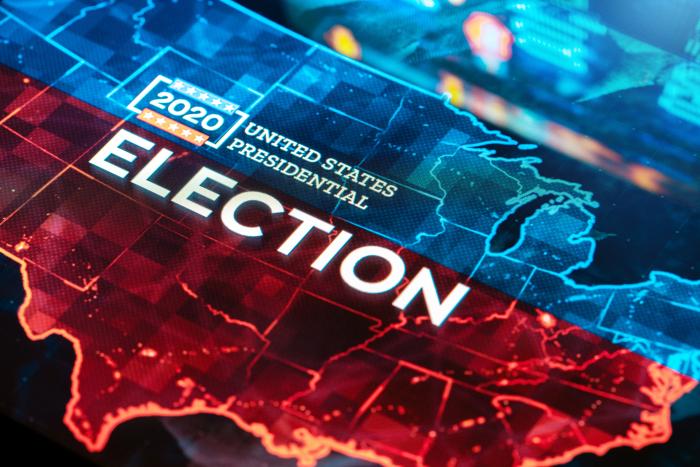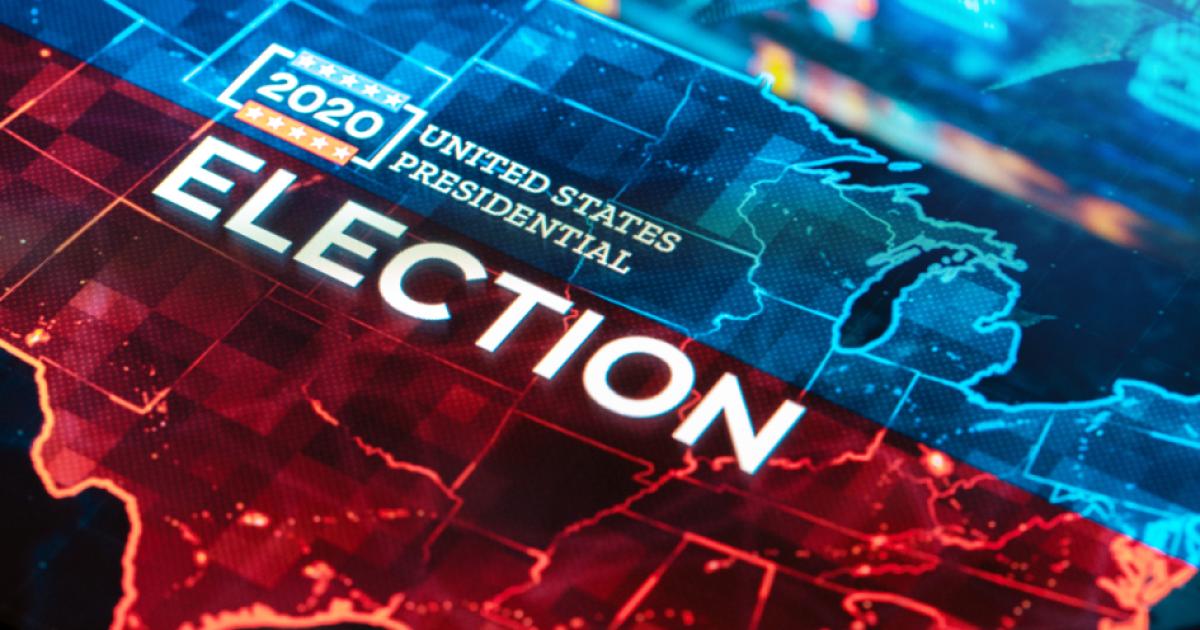- Politics, Institutions, and Public Opinion
- Revitalizing American Institutions
We focus on fraud allegations with the appearance of statistical rigor. Trump and allies used statistics to claim some election facts would be unlikely if there had been no fraud. The claims fail either because sometimes the “fact” is inaccurate or it is accurate but not surprising. For example, a viral anonymous report claimed Dominion machines added 5.6% to Biden’s vote share. But, we show that the purported Dominion effect disappears as soon as we control for 2016 results, or make any number of other sensible design choices. Other times this is because accurate claims about the 2020 election simply are not that surprising. Trump and his allies claimed it was suspicious that Biden lost 18 of 19 counties that had correctly picked the winner since 1980. But we show that bellwether counties are bad at predicting future winners. Since these counties went for Trump in 2016, Biden’s low haul of bellwether counties isn’t suspicious at all. Likewise, in a lawsuit filed against PA the Texas Attorney General claimed that Biden had a “one-in-a-quadrillion” chance of winning. The probability comes from a report filed by Charles Cicchetti who examined election-to-election changes and the shift from early-to-late votes. We show Cicchetti’s tests are riddled with errors and vastly understate the probability of change. We apply his test historically and show that vote changes he said had a “one in almost infinite chance” of occurring actually happened in 6% of US elections. Our work is intended to help assess the security of US elections. We think it is important that non-partisan election experts evaluate fraud claims--to either identify suspicious results or reassure the public about the safety of US elections.
CLICK HERE TO READ THE PAPER
by Justin Grimmer, Haritz Garro and Andrew C. Eggers






